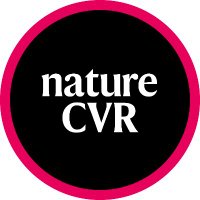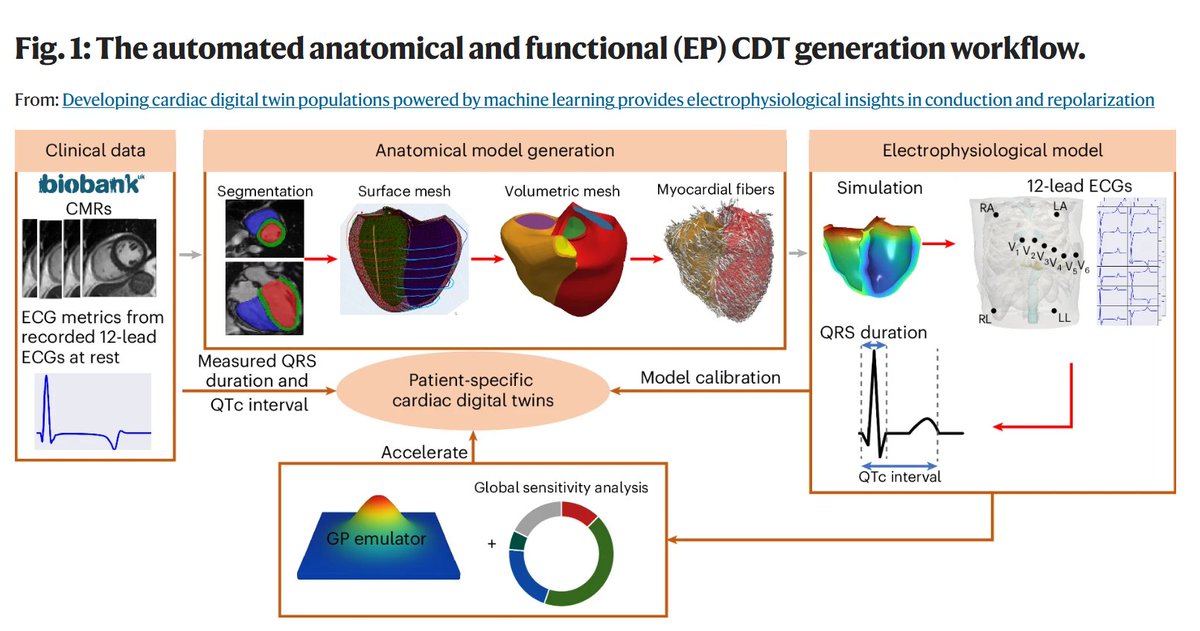
Nature Cardiovascular Research
@naturecvr
Online-only Nature Research journal that publishes basic, translational, clinical and public health research in cardiac, vascular and blood biology.
ID: 1291453724704083968
http://nature.com/natcardiovascres 06-08-2020 19:19:04
674 Tweet
7,7K Followers
956 Following



We highlight the study by Marcus et al. in Circulation, where the authors showed that a transseptal approach to catheter ablation can maintain the procedure’s anti-arrhythmic benefits while reducing brain damage. 👉rdcu.be/egl4s








Research| Sadhu et al. identify and functionally validate ferredoxin-1 (FDX1) as a determinant of cholesterol metabolism and cardiovascular risk in Asian populations. Nilanjana Sadhu LKCMedicine Research LKCMedicine doi.org/10.1038/s44161… rdcu.be/el1Xr





Research| Case et al. report that low-dose interleukin-2 clonally expands Tregs and maintains their suppressive program by bypassing BACH2 downregulation in patients with acute coronary syndrome from the LILACS trial.Mallat_Lab Tian Zhao Ziad Mallat rdcu.be/ephaW





